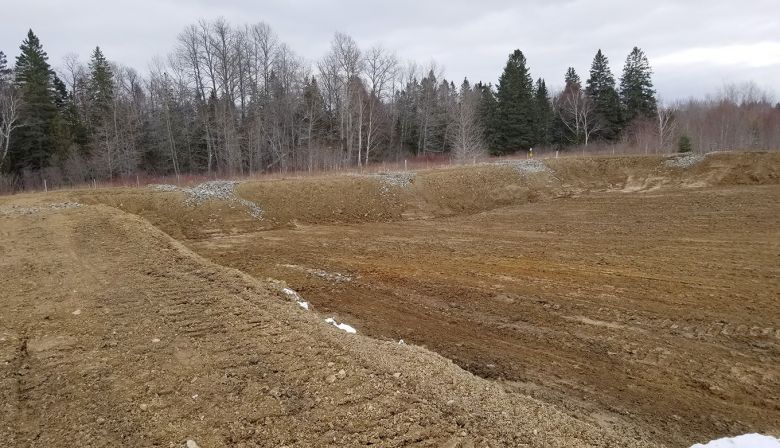
Subscribe & stay up-to-date with ASF

For anyone who has been on the Restigouche after a thunderstorm, the issue of runoff is clear as mud. This is true particularly on the Little Main Restigouche, a headwater tributary which meets the Kedgwick to form the main stem of the Restigouche river.
After rain events, the Little Main turns brown. It creates an obvious plume that runs far downstream. A significant amount of this fine sediment can be traced back to a cluster of potato fields near the community of St. Quentin which edge up against Five Fingers Brook.


Unlike other land use activities, like forestry, that are spread over a larger area and cumulatively affect the river system, siltation from potato farms is essentially a point source impact – which means it can be more manageable. Not easy, but manageable.
When excessive sediment enters a river like the Restigouche it degrades water quality, blankets the riverbed, alters habitat, creates an influx of nutrients and contributes to algae growth, among other negative impacts.
The Gespe’gewaq Mi’gmaq Resource Council (GMRC), an Indigenous organization, recognized the problem and took action. Staff successfully applied to the Canada Nature Fund for Aquatic Species at Risk and has teamed up with David Leblanc at the Restigouche River Watershed Management Council to implement solutions.
The partners established relationships with all of the potato farmers near St. Quentin and have begun constructing settling ponds, or sediment traps, strategically positioned to capture runoff from their potato fields. The sediment traps allow fine silt to settle and filter the water as it seeps out toward Five Finger Brook.


The work started in 2019, when a handful of sediment traps were built. Nine were added this year, partly based on the excellent results of the first digs, which have already held back tons of fine material. Leblanc and the GMRC team hope to quantify the results starting in 2021 when they will launch a water quality monitoring program in Five Fingers Brook.
Before the end of this three-year program, the partners are aiming to identify more sources of sediment, whether from roads, farming, or forestry operations, and find ways to keep excess soil out of the water. For years to come the sites will have to be maintained and cleaned out, creating the need to secure long-term funding for this worthy project.
